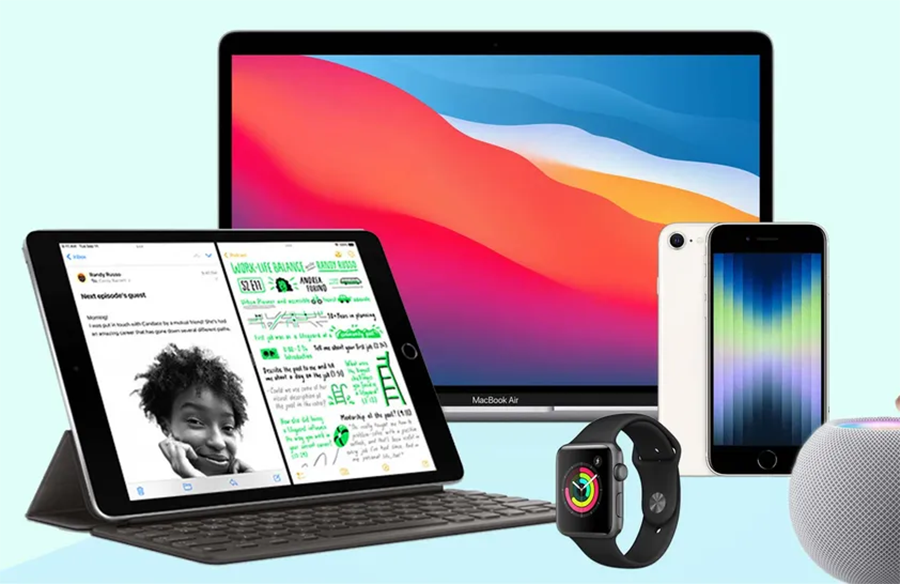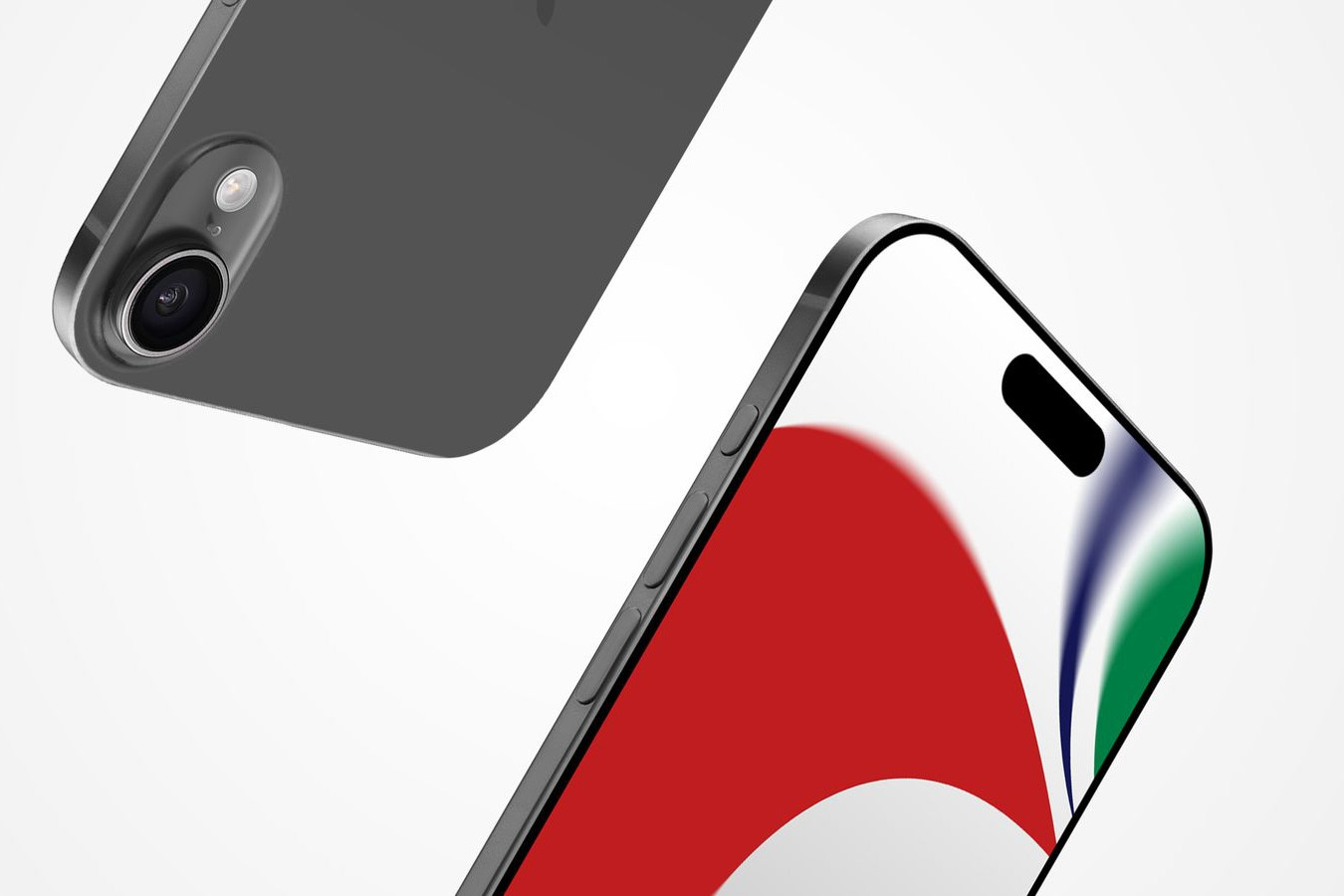Apple's 2025 product lineup will likely focus on low-cost and mid-range devices. Here's what to expect from the Cupertino giant.

With innovations like Apple Intelligence and a completely new internal chip design, Apple is trying to launch products that are more "friendly" to consumers' wallets, ensuring competitiveness in an increasingly crowded market.
These upgrades also show a shift in how Apple approaches its lower-cost devices, incorporating features once reserved for high-end devices like OLED displays, Face ID, and advanced wireless technology.
Notably, Apple’s first modem and Bluetooth chip will appear in low-cost devices first. Similarly, Apple is also focusing on low-cost smart home devices like the HomePod mini, Apple TV, and Command Center before upgrading its high-end line.
A total of eight new or refreshed low-cost devices are expected this year: MacBook Air (M4); iPhone SE (fourth generation); iPad (11th generation); AirTag (second generation); Command Center; HomePod mini (second generation); Apple TV 4K (fourth generation), and Apple Watch SE (third generation).
MacBook Air (M4)
The MacBook Air will be upgraded to an M4 chip, offering 25% faster multi-core CPU performance than the current version. The machine can support two external displays and a 12MP camera with Center Stage feature.
Expected to launch in spring 2025, the new MacBook Air will retain its starting price of $1,099 and will feature 16GB of RAM across all trims.
iPhone SE (4th generation)
According to rumors, the iPhone SE 4 will have a similar design to the iPhone 14, including a 6.1-inch OLED display, Face ID, USB-C port, and 48MP rear camera.
The device is expected to use the A18 chip with 8GB of RAM, support Apple Intelligence and be the first product with Apple's self-designed 5G modem.
The iPhone SE 4 is likely to launch in March 2025, with an expected price range of $400 - $500, slightly higher than the current iPhone SE price of $429 due to significant upgrades.
iPad (11th generation)
The new iPad will keep the same 10.9-inch display and Touch ID, but upgrade to an A17 Pro or A18 chip with 8GB of RAM to support Apple Intelligence.
Expected to launch in spring 2025, the new iPad could start at $349, with the ability to increase the base storage to 128GB.
AirTag (second generation)
AirTag 2 will feature an upgraded Ultra Wideband chip for tripled tracking range, better Vision Pro integration, and an anti-spoofing speaker for enhanced anti-tracking measures. Expected to launch in mid-2025, AirTag 2 is expected to maintain its current price of $29.
Command Center
This will be a brand new smart home control hub, with a 7-inch display, built-in speakers, a FaceTime-enabled camera, and proximity sensors for dynamic interface adjustments.
Command Center will run a new operating system called “homeOS” with control widgets and Siri integration. The product is expected to launch in March 2025, with a price that can compete with Amazon’s Echo Show (about $90).
HomePod mini (2nd generation)
The second-generation HomePod mini is expected to feature Apple-designed Wi-Fi and Bluetooth chips, support for Wi-Fi 6E, improved audio quality, and a second-generation Ultra Wideband chip for better streaming. The product is expected to launch in mid-2025 and will retain the same $99 price tag.
Apple TV 4K (4th generation)
The new Apple TV 4K is rumored to use an A16 chip or later, support Wi-Fi 6E, and possibly include a FaceTime camera. Expected to launch in 2025, the starting price could drop to $99, from the current $129, to better compete with rivals like Amazon’s Fire TV Stick.
Apple Watch SE (3rd generation)
The Apple Watch SE 3 will have a larger display, use the S10 or S11 chip, and may use a plastic case to reduce costs.
The device is expected to launch in late 2025, starting at $249, or possibly a little lower to compete with rivals and attract parents to buy it for their kids.

Source: https://vietnamnet.vn/8-thiet-bi-gia-re-cua-apple-se-ra-mat-trong-nam-2025-2362595.html



















































![[Maritime News] More than 80% of global container shipping capacity is in the hands of MSC and major shipping alliances](https://vphoto.vietnam.vn/thumb/402x226/vietnam/resource/IMAGE/2025/7/16/6b4d586c984b4cbf8c5680352b9eaeb0)













































Comment (0)